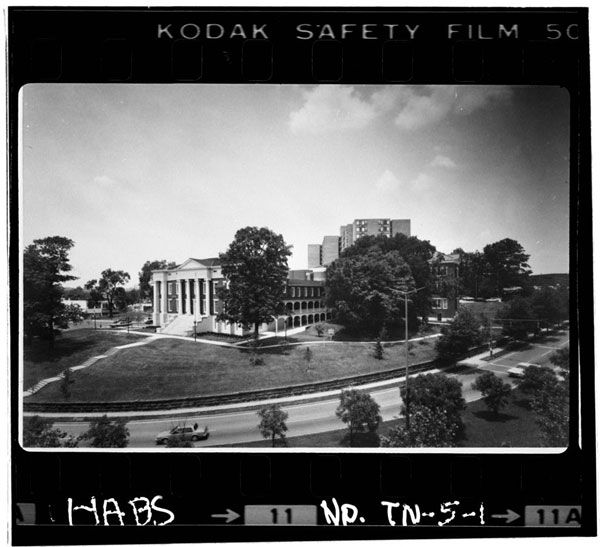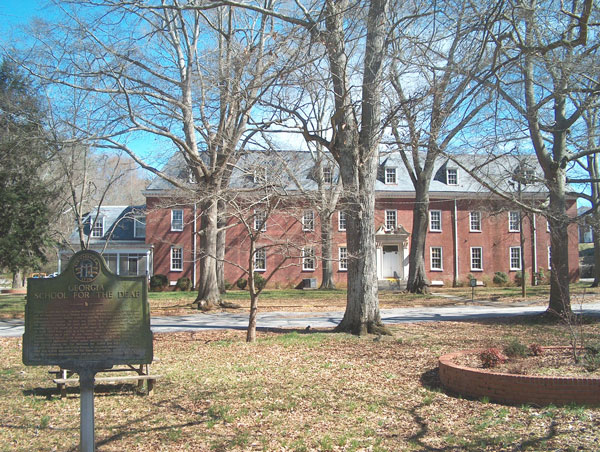-
Membership
Membership
Anyone with an interest in the history of the built environment is welcome to join the Society of Architectural Historians -
Conferences
Conferences
SAH Annual International Conferences bring members together for scholarly exchange and networking -
Publications
Publications
Through print and digital publications, SAH documents the history of the built environment and disseminates scholarship -
Programs
Programs
SAH promotes meaningful engagement with the history of the built environment through its programsMember Programs
-
Jobs & Opportunities
Jobs & Opportunities
SAH provides resources, fellowships, and grants to help further your career and professional life -
Support
Support
We invite you to support the educational mission of SAH by making a gift, becoming a member, or volunteering -
About
About
SAH promotes the study, interpretation, and conservation of the built environment worldwide for the benefit of all
2018 Charles E. Peterson Fellowship Report
Sep 25, 2018
by
Kelly Daviduke, University of Washington
American schools for the deaf exist at the crossroads of social, cultural, and regional architectural history. When presented with the option to research schools for the deaf prior to 1865 with support from the Charles E. Peterson Summer Fellowship of the Athenaeum of Philadelphia and the Society of Architectural Historians, I was excited for the opportunity.
My interest in deaf schools emerged from my thesis research on Olof Hanson, a designer of schools for the deaf at the end of the nineteenth century, who is believed to be America’s first deaf architect. While there is extensive scholarship on early deaf education, very little attention has been paid to the architecture of America’s deaf schools. Through my fellowship research, I set out to broaden my awareness of this unique architectural type. In doing so, I developed a much deeper understanding of the social context of deaf education prior to 1865. Having completed this fellowship, I now feel that I have a better framework for understanding Olof Hanson’s life and architecture.

Former home of the Tennessee School for the Deaf (Old Knoxville City Hall), Knoxville, Tennessee. (Historic American Buildings Survey TN-5, Library of Congress)
My first challenge in this project was identifying five extant buildings for the individual building entries. For this, I had to select from states which did not already have a Buildings of the United States (BUS) volume. Without knowing exactly where to begin, I developed a list of all the known deaf schools from 1817 (when the first school was established in Hartford, Connecticut) to 1865. I arranged the schools chronologically by the date of their establishment and briefly outlined a building history for each of the schools. I was then able to determine which schools constructed buildings before 1865 that were still standing today. The effort required a lot of time spent buried in newspaper databases, reading annual reports from the schools, locating historical photographs, and exploring buildings in Google’s satellite view. My observations from this research will be presented in the thematic overview essay on the SAH Archipedia website.
Most residential schools featured a main building. The main buildings emerged as the focus of my research because they often housed the majority of a school’s functions and frequently received the greatest attention among campus buildings. Because I had been searching for extant buildings, I was keenly aware of how these buildings had fared over time (and the varied reasons for their demolition or the conditions contributing to their survival). Of the five buildings that I researched for SAH Archipedia, two are in use as civic structures, two are still in use as deaf schools, and one has been adaptively re-used as condominiums.
Because most states only had one school for deaf education in the nineteenth century, I quickly realized that it was unlikely my five building entries would be located in the same region. Living in Seattle, it was not possible for me to visit each site, so I prioritized a visit to the two school buildings of St. Mary’s School for the Deaf in Buffalo, New York. I found that these two buildings did not have the same quantity of documentation that was available for the other schools through National Register listings and Historic American Buildings Survey (HABS) reports. But with their earlier and later buildings both standing, the St. Mary’s School also provided an interesting example of how residential schools had developed by the end of the nineteenth century.

Fannin Hall, on the former campus of the Georgia School for the Deaf, Cave Spring, Georgia. (Image by Cculber007 from Wikimedia Commons
In the course of my research, I was encouraged by the meticulous level of documentation that schools maintained about their programs, their buildings, and the availability of these resources. Much of this information had been digitized. Gallaudet University Library in Washington D.C. has collected histories of the schools. Local history museums and the schools themselves also proved helpful.
I was similarly impressed by the excellent scholarship on the history of deaf education, which provided valuable insights into the significance of the residential school experience and helped me situate the buildings in their social context. The history of deafness in America is a cultural and linguistic history, and early residential schools played a formative role in the creation of Deaf identity in America. For these reasons, the architectural study of these schools should not be decoupled from an understanding of their social history and broader cultural significance.
I hope my research provides SAH Archipedia’s readers with a starting point for this topic in American and architectural history. This summer fellowship was an enriching experience for me, which will prove invaluable as I write my thesis. I very much appreciate the support provided by the Athenaeum of Philadelphia and the Buildings of the United States of the Society of Architectural Historians in funding this fellowship.


